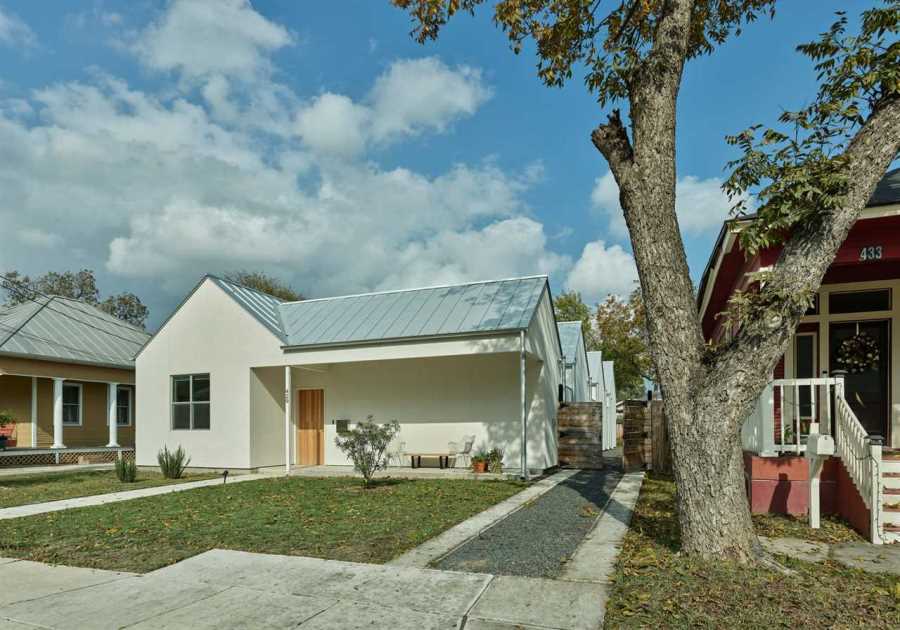BI
- This is a big year for Meta: Facebook turned 20 in February.
- The company's meteoric rise is one of Silicon Valley's biggest success stories.
- Here's how Facebook grew from a website built in a Harvard dorm to one of the world's biggest companies.
Facebook is a classic Silicon Valley success story: It's gone from an idea hatched in a Harvard dorm to one of the most powerful and influential companies in the world.
Mark Zuckerberg, its CEO and cofounder, has an estimated net worth of $170 billion. These days, Meta has more than 2 billion people using its social network monthly and is one of the world's biggest companies.
Here's the story behind Facebook's insane rise from February 2004 through to this year, its 20th anniversary:
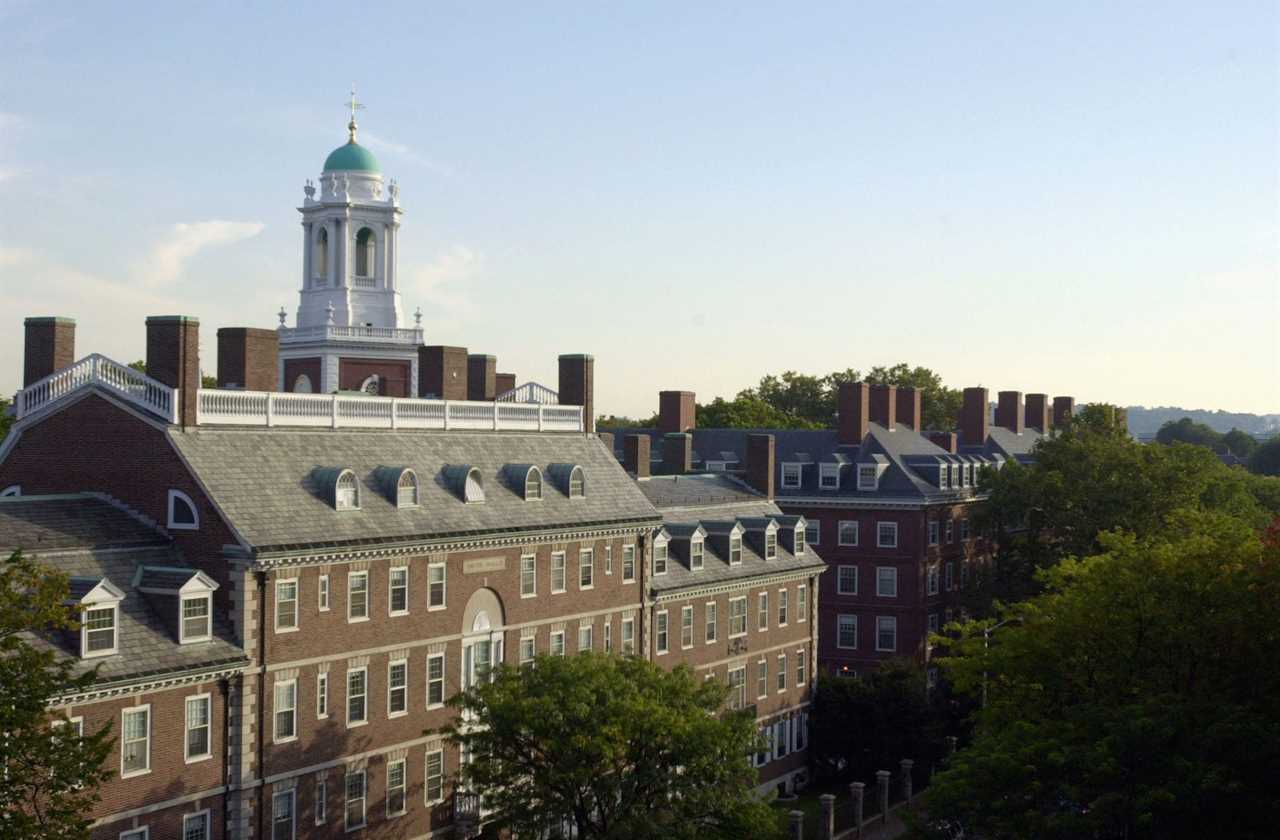
William B. Plowman/Getty Images
The website was created in Mark Zuckerberg's room in Harvard's Kirkland House dorm.
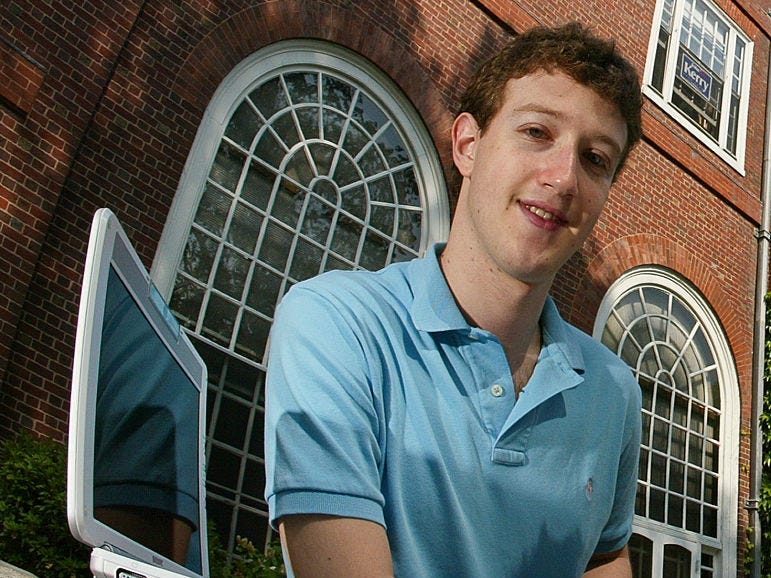
Rick Friedman
"Facemash" was a Hot or Not-style site. Zuckerberg used pictures of his classmates that he hacked from the school administration's dormitory ID files. The site got 22,000 pageviews from 450 people in the first four hours it was up.
A few days later, Harvard ordered it to be taken down, citing copyright and security concerns. Zuckerberg faced disciplinary action from Harvard but was allowed to stay at the school.
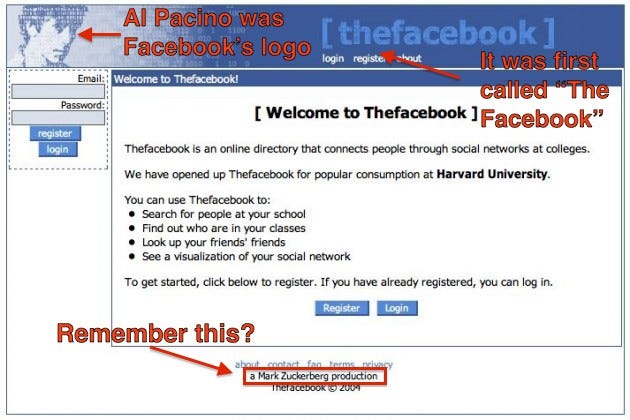
The logo featured Al Pacino's face constructed out of zeros and ones.
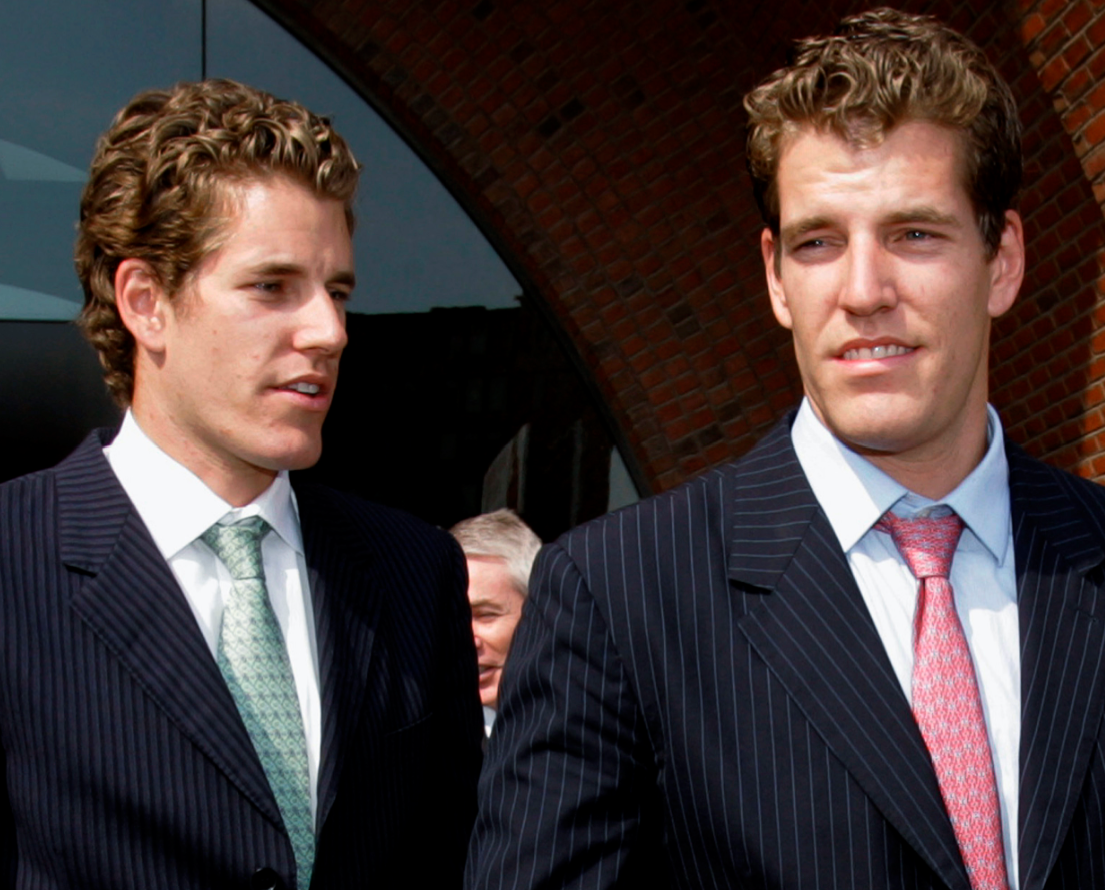
REUTERS/Brian Snyder
Divya Narendra and twins Cameron and Tyler Winklevoss claimed Zuckerberg had agreed to build a website called HarvardConnection.com for them before abandoning them to create his own site. They eventually filed a lawsuit that was settled in 2008.
As part of the settlement, they received 1.2 million Facebook shares. Those shares were worth $300 million when Facebook had its IPO.
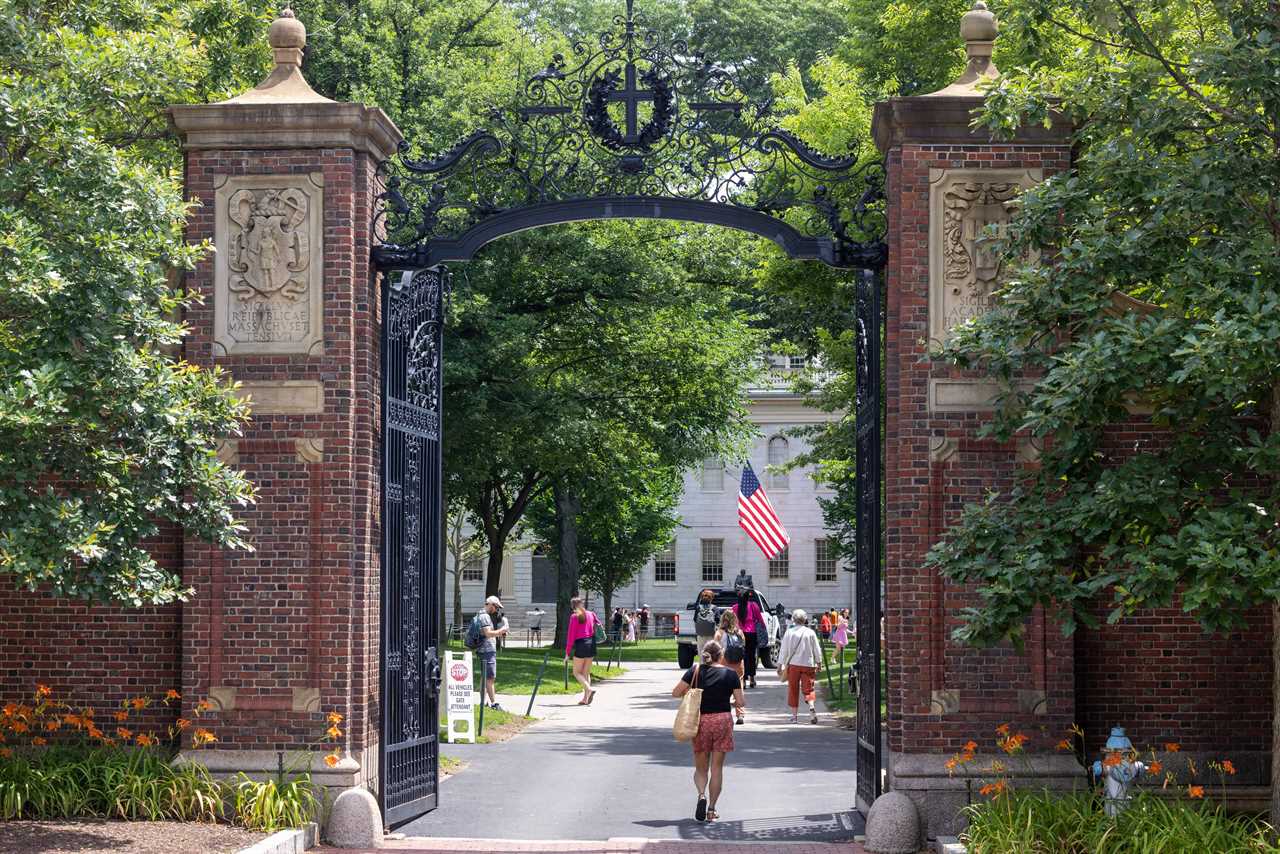
Scott Eisen
By March 2004, Thefacebook had expanded to other prestigious universities, including Yale, Columbia, and Stanford. Zuckerberg brought in fellow Harvard students Dustin Moskovitz, Eduardo Saverin, Andrew McCollum, and Chris Hughes as cofounders to help manage the site's growth and build it into a business.
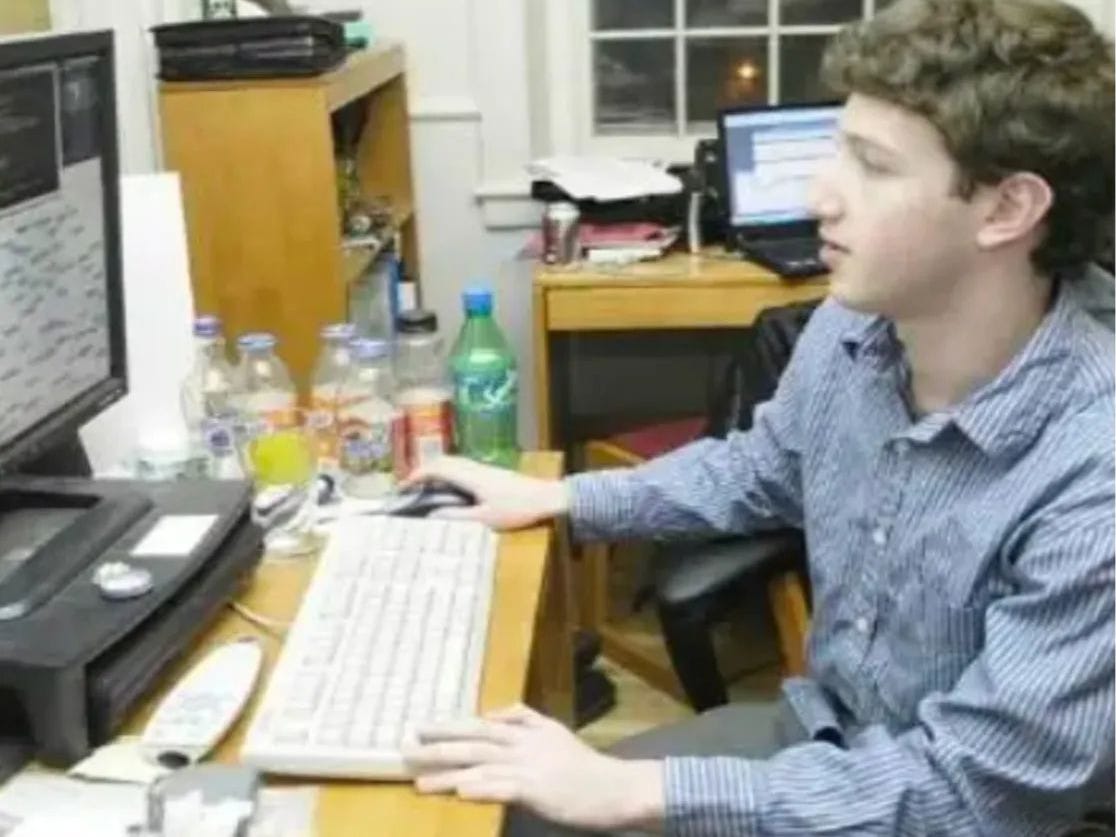
@zuck via Threads
In 2004, he dropped out of Harvard to focus on it full-time.
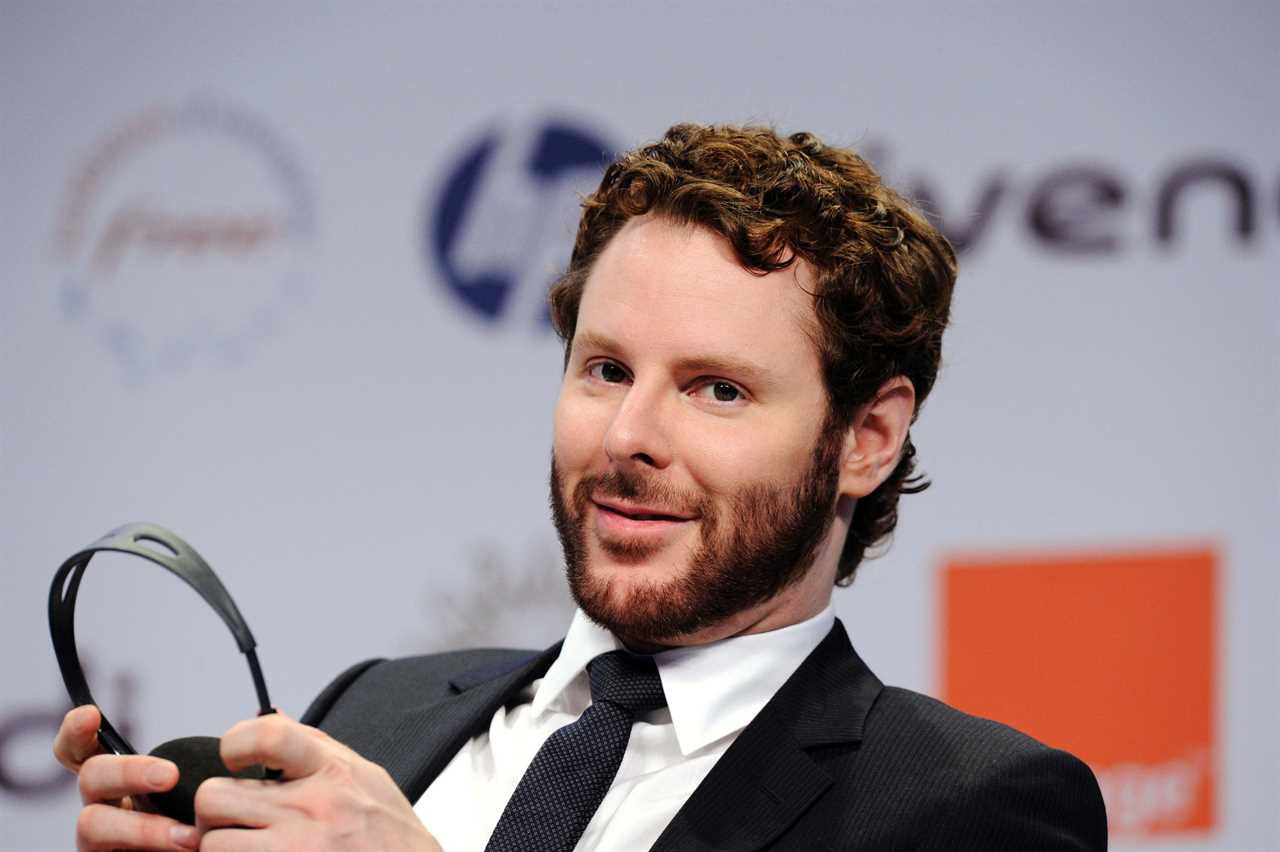
Gonzalo Fuentes/Reuters
Zuckerberg hired Napster cofounder Sean Parker for the role.
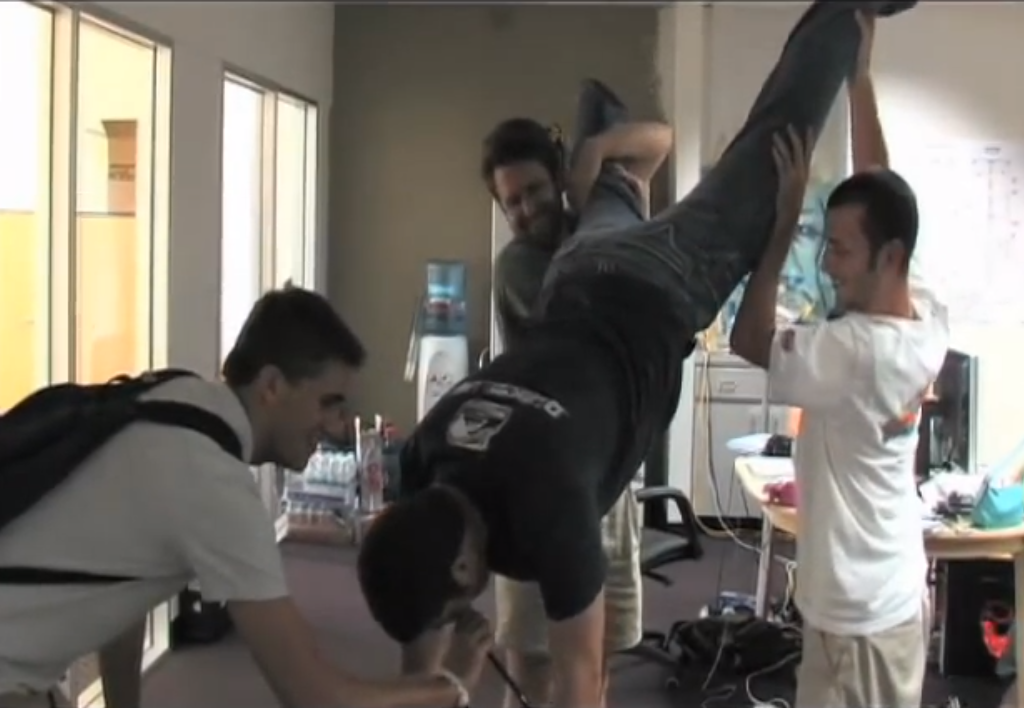
YouTube
Back then, the company was known for being as much a party hub as it was a serious startup.
This screenshot was taken from "Now Entering: a Millennial Generation," a 2008 documentary.
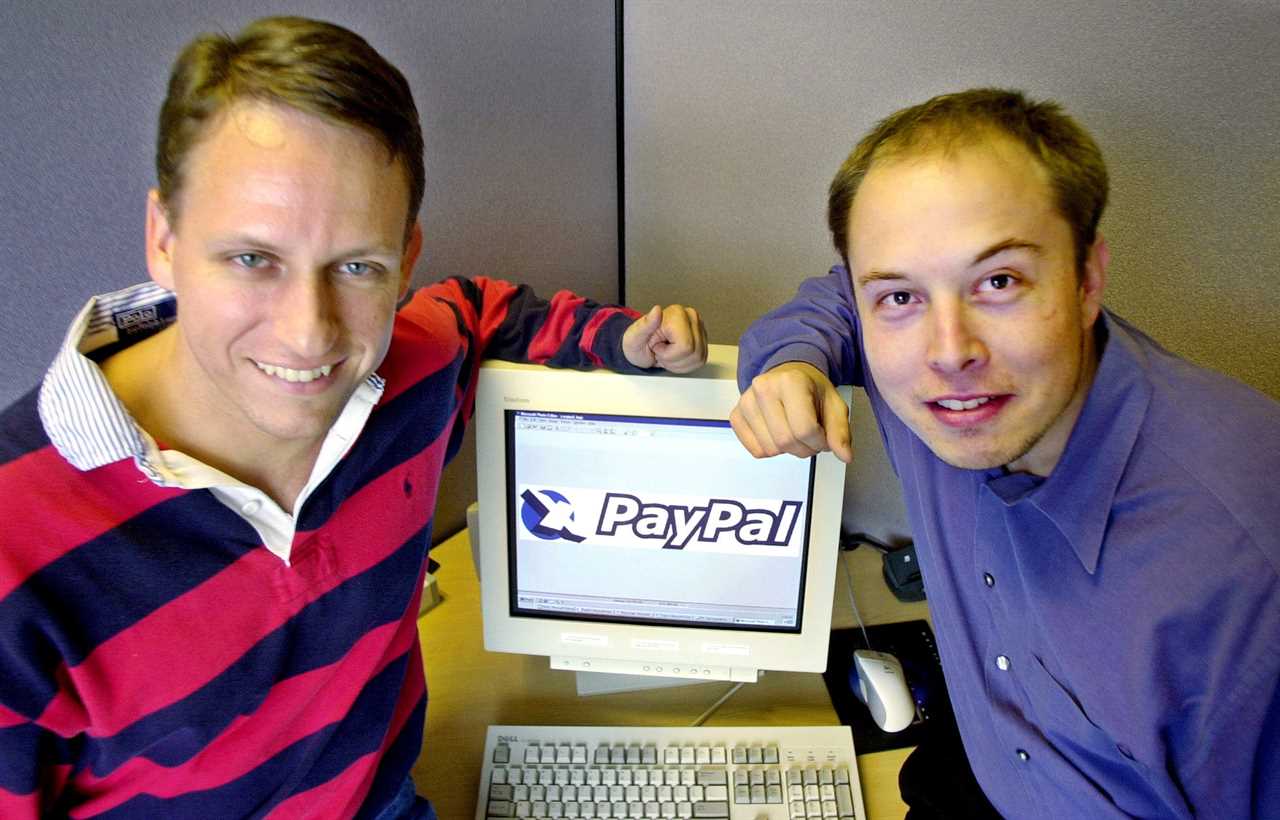
AP
The $500,000 investment came from PayPal cofounder Peter Thiel. Thiel has since become a prominent venture capitalist and political donor.
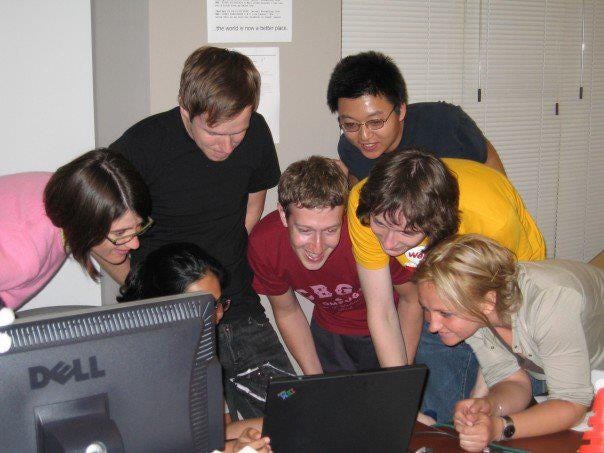
Mark Zuckerberg
In May 2005, Facebook raised $13.7 million in funding. In 2006, Facebook created its News Feed, a breakthrough and core feature of the site that gave people a real-time stream of what their friends were doing.
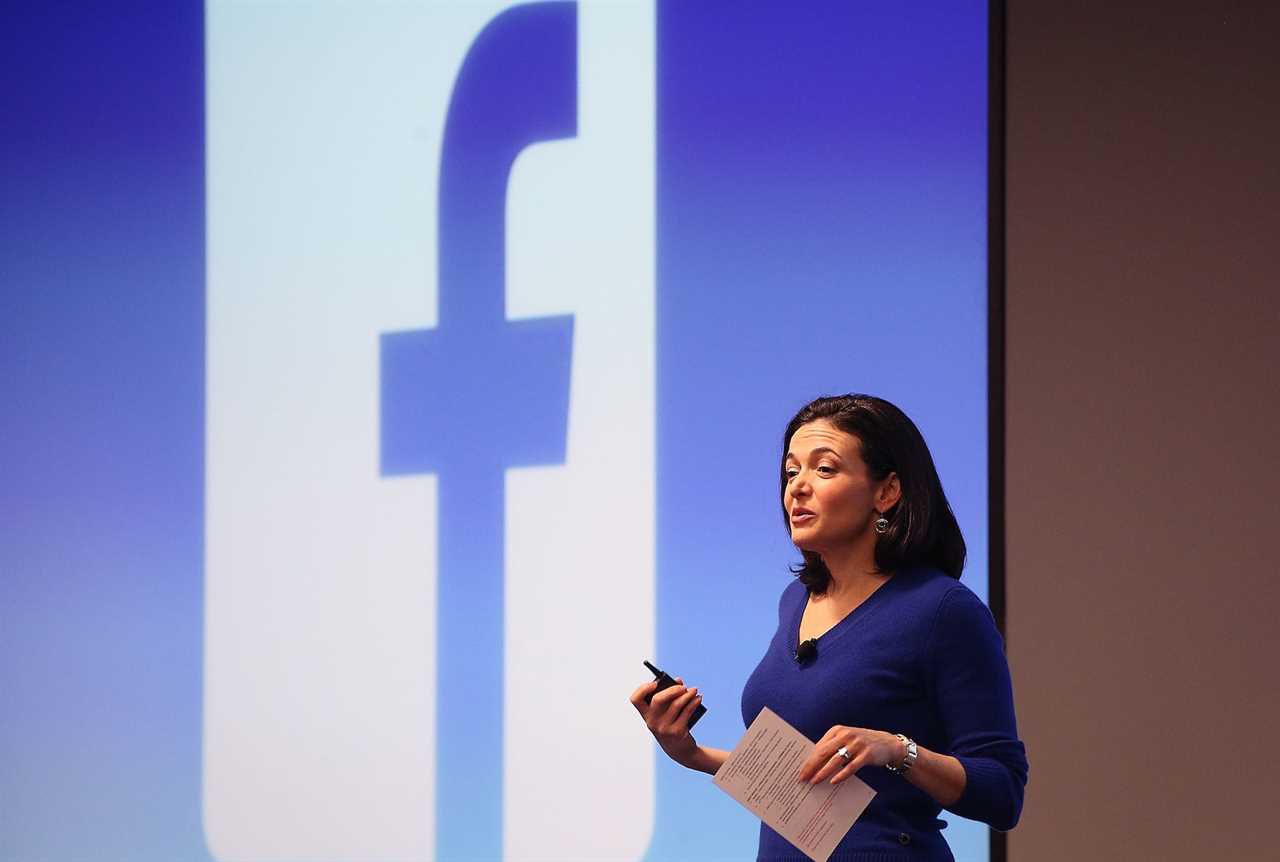
Justin Sullivan/Getty
At the time, Sandberg was considering taking a new position with The Washington Post. But after meeting her, Zuckerberg decided Facebook needed a chief operating officer, and managed to persuade her to come aboard in early 2008.
Sandberg's hiring was prescient: Facebook was already growing quickly, but the rise of the smartphone brought with it many more users.
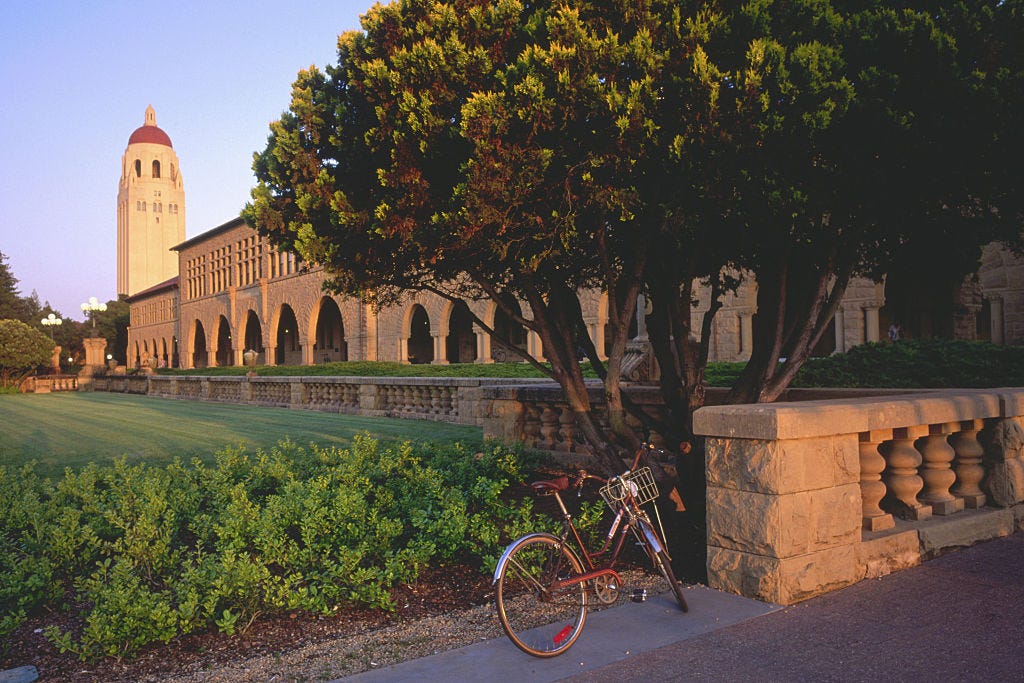
David Butow/Corbis via Getty Images)
The move came as Facebook's site was experiencing explosive growth. By late 2010, it hit a trillion page views a month.
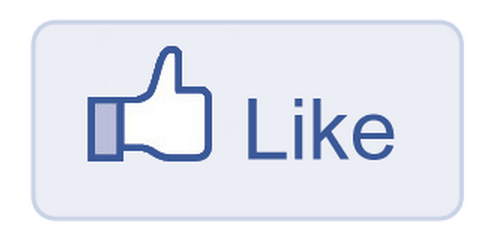
Screenshot
That's right, we're talking about the "like" button.
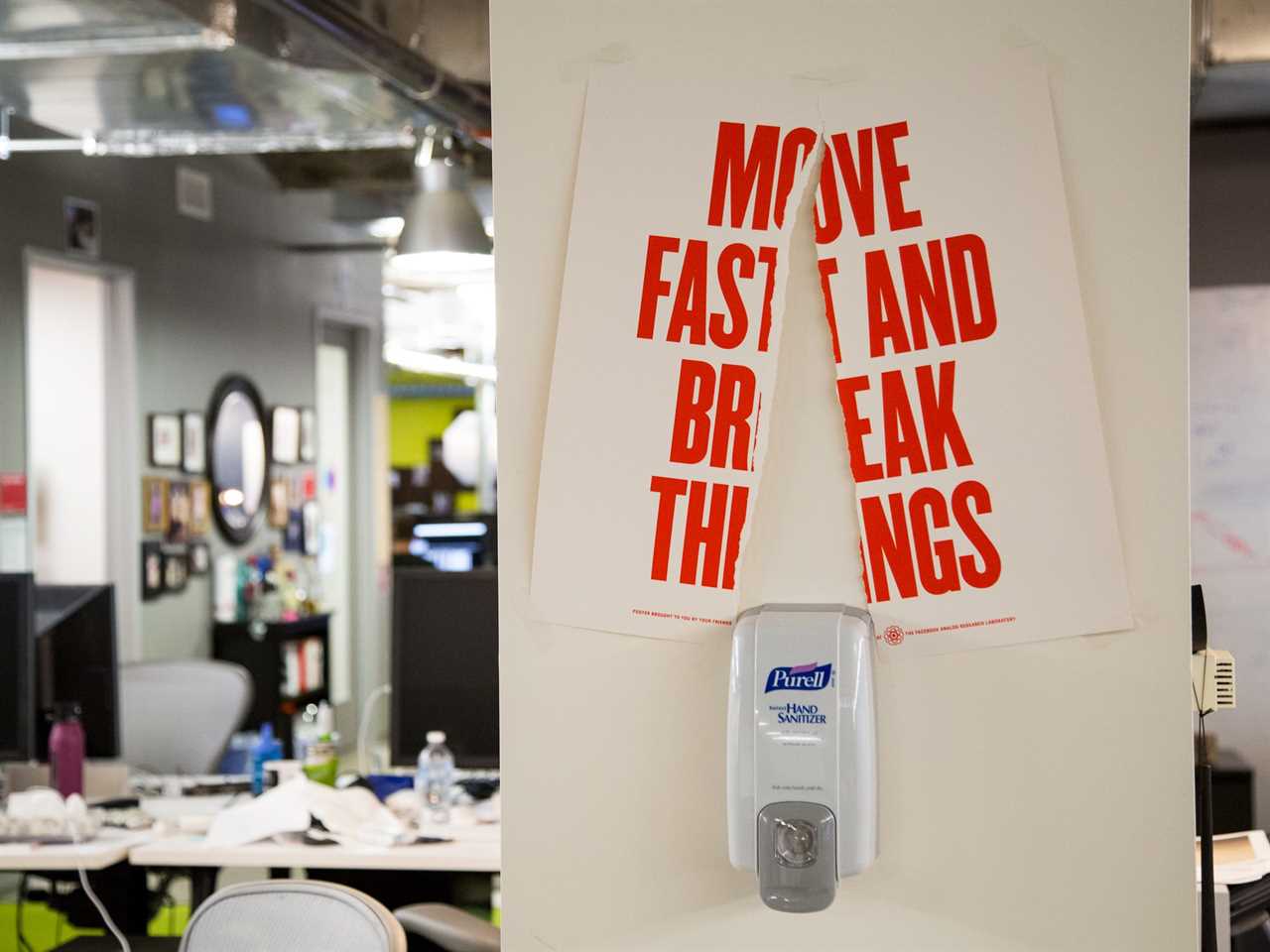
Daniel Goodman/Business Insider
This time it set up shop in a corporate campus once occupied by Sun Microsystems, which had fallen from grace and been acquired by Oracle.
Facebook named the campus' main thoroughfare "Hacker Way," referring to Zuckerberg's famous "move fast and break things" philosophy of the same name.
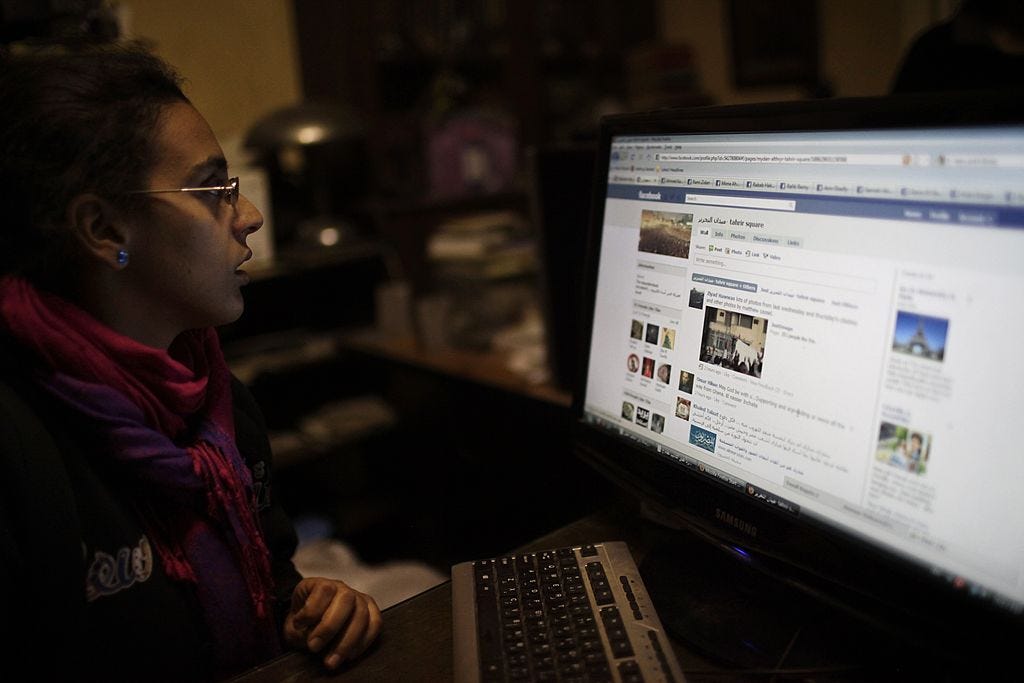
Ed Ou
The site's influence was highlighted by the Egyptian revolution of 2011. That uprising was largely organized via Facebook and other social-networking sites.
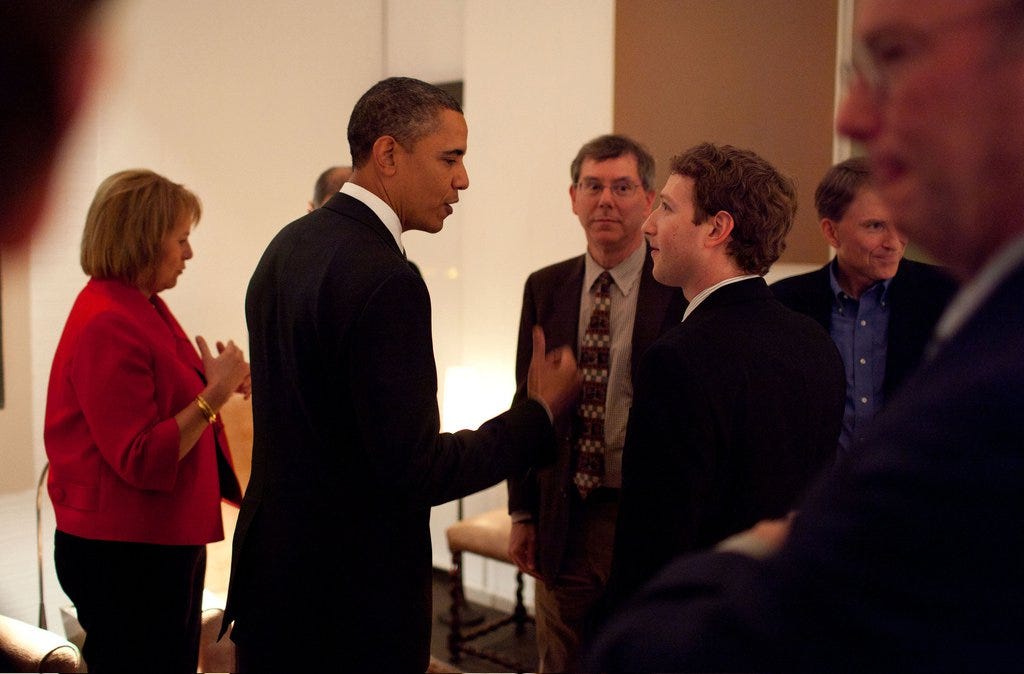
Among his first public political actions was to speak to world leaders in support of spreading internet access all over the globe.
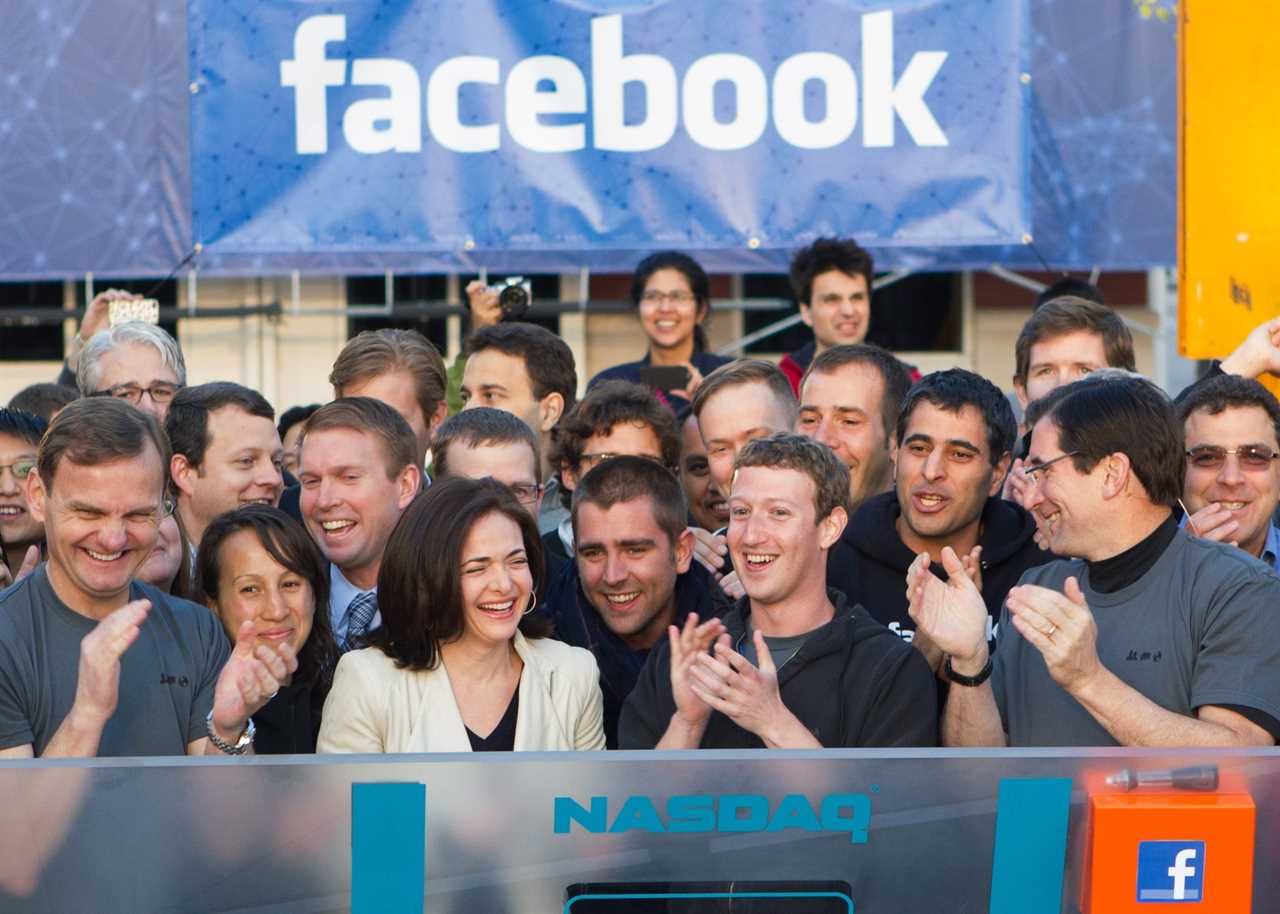
AP
Facebook had its historic $5 billion initial public offering on May 18, 2012.
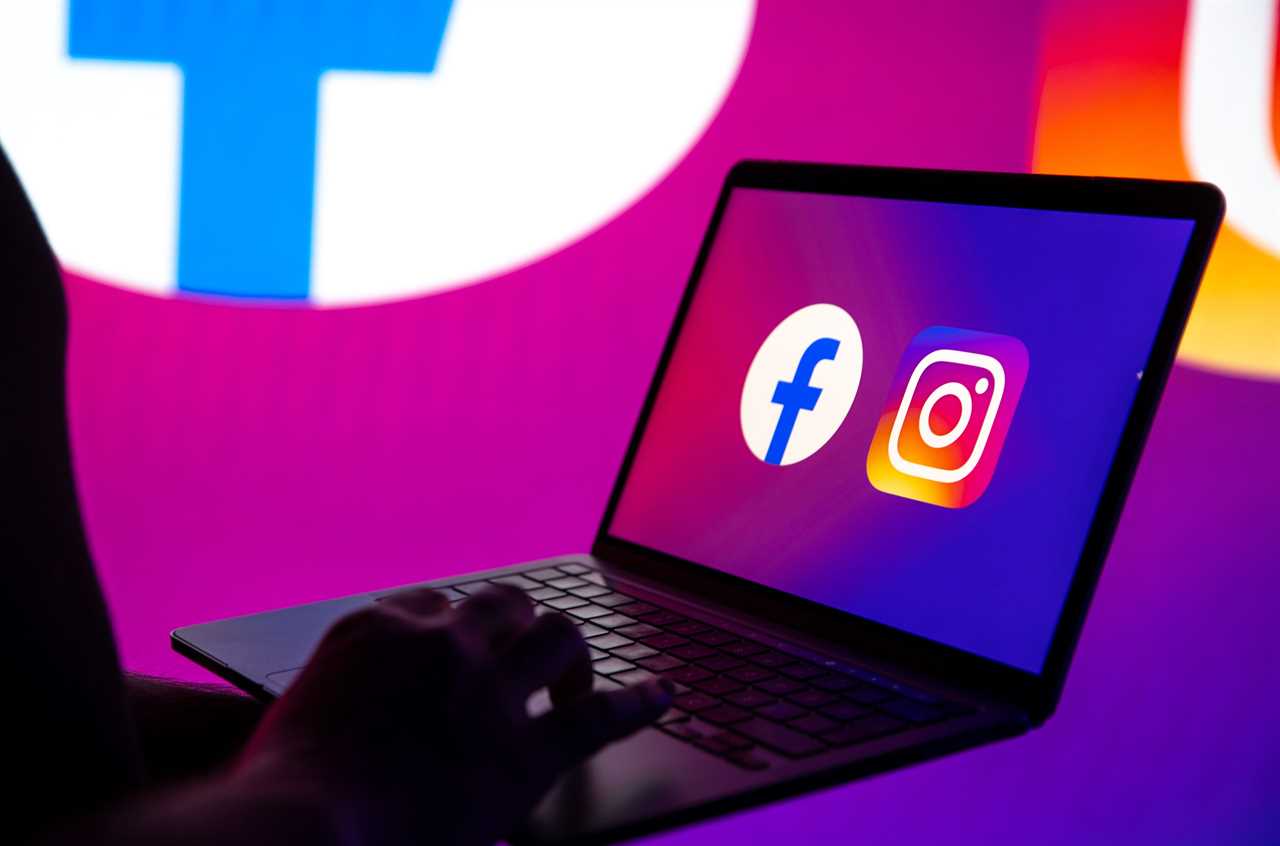
Anadolu
Facebook bought Instagram for $1 billion in 2012. The photo-sharing app now has more than 2 billion users.
The purchase was a demonstration of how, despite its rise, Facebook has always been on the lookout for the next startup that threatened to disrupt it.
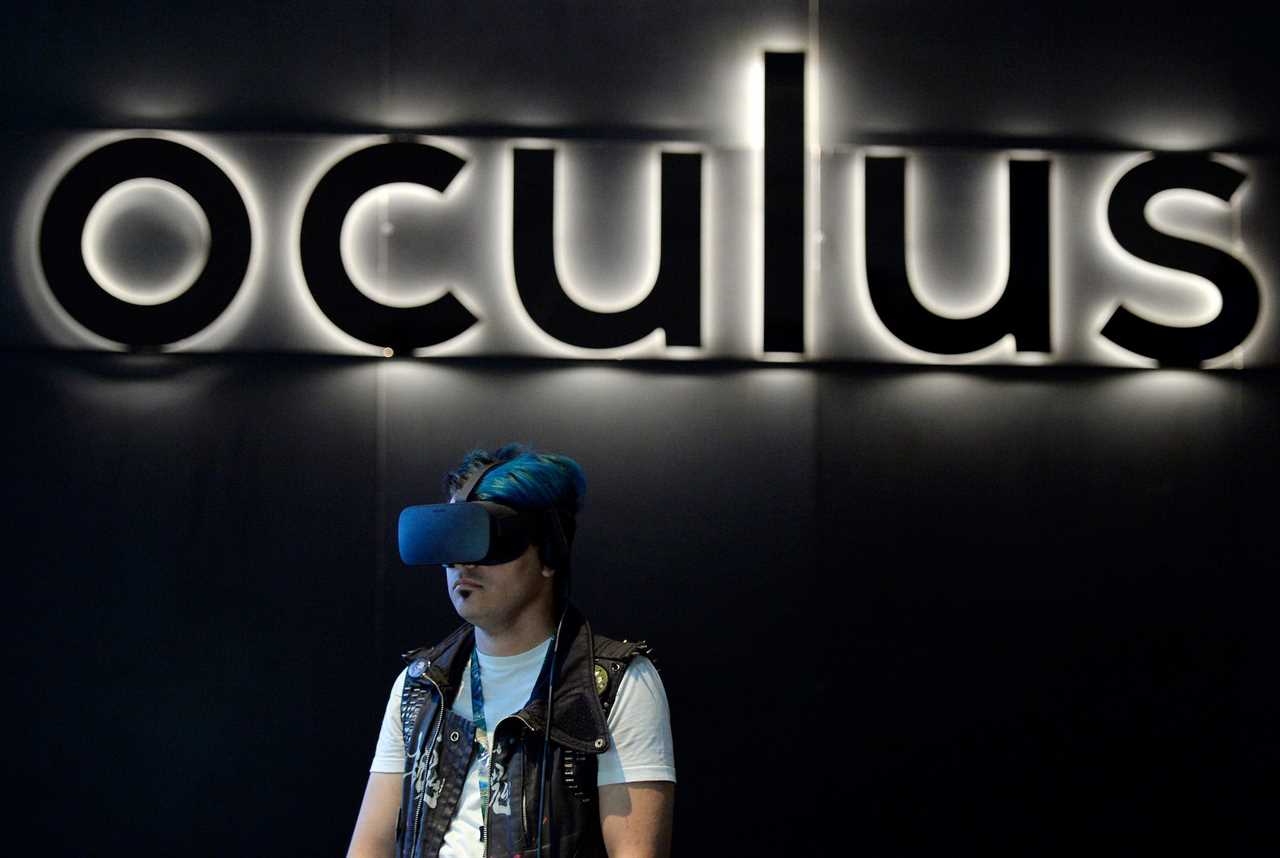
Getty
Oculus was an early-stage startup when Facebook acquired it in March 2014 for $2 billion.
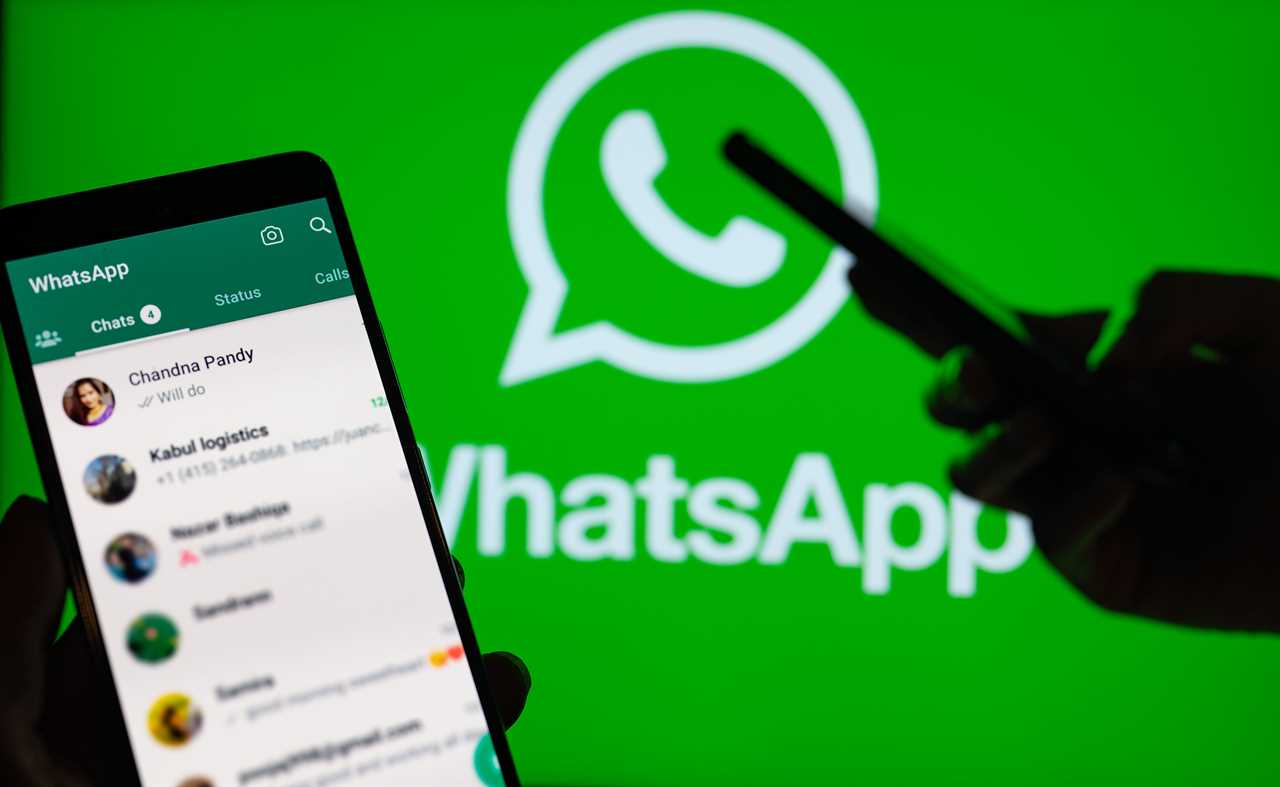
Getty Images
Facebook made the acquisition in February 2014, and the service now has more than 2 billion active users.
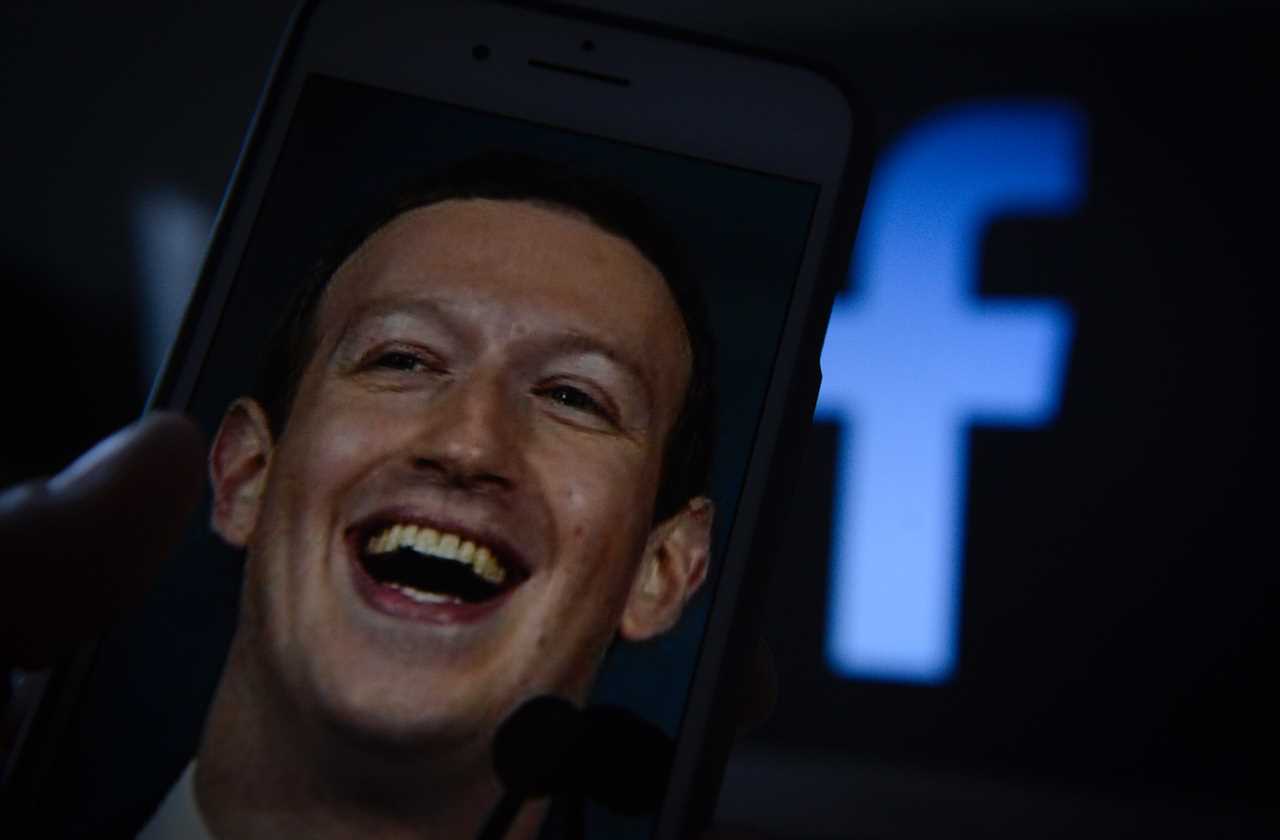
Nur Photo/ Getty Images
A billion of those users were accessing the social network through their mobile devices.
The world had changed, but Facebook had kept on growing.
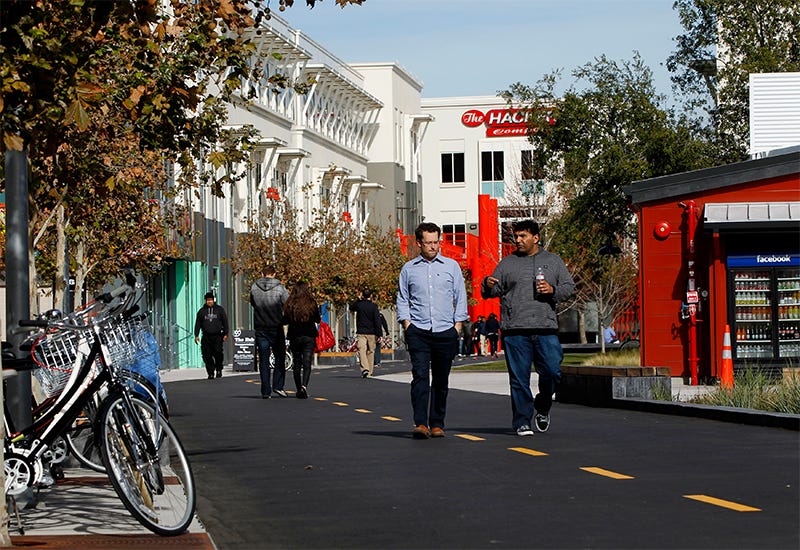
REUTERS/Robert Galbraith
In March 2015, Facebook opened a new campus in Menlo Park, California. The campus was designed by legendary architect Frank Gehry to accommodate more than 2,800 employees.
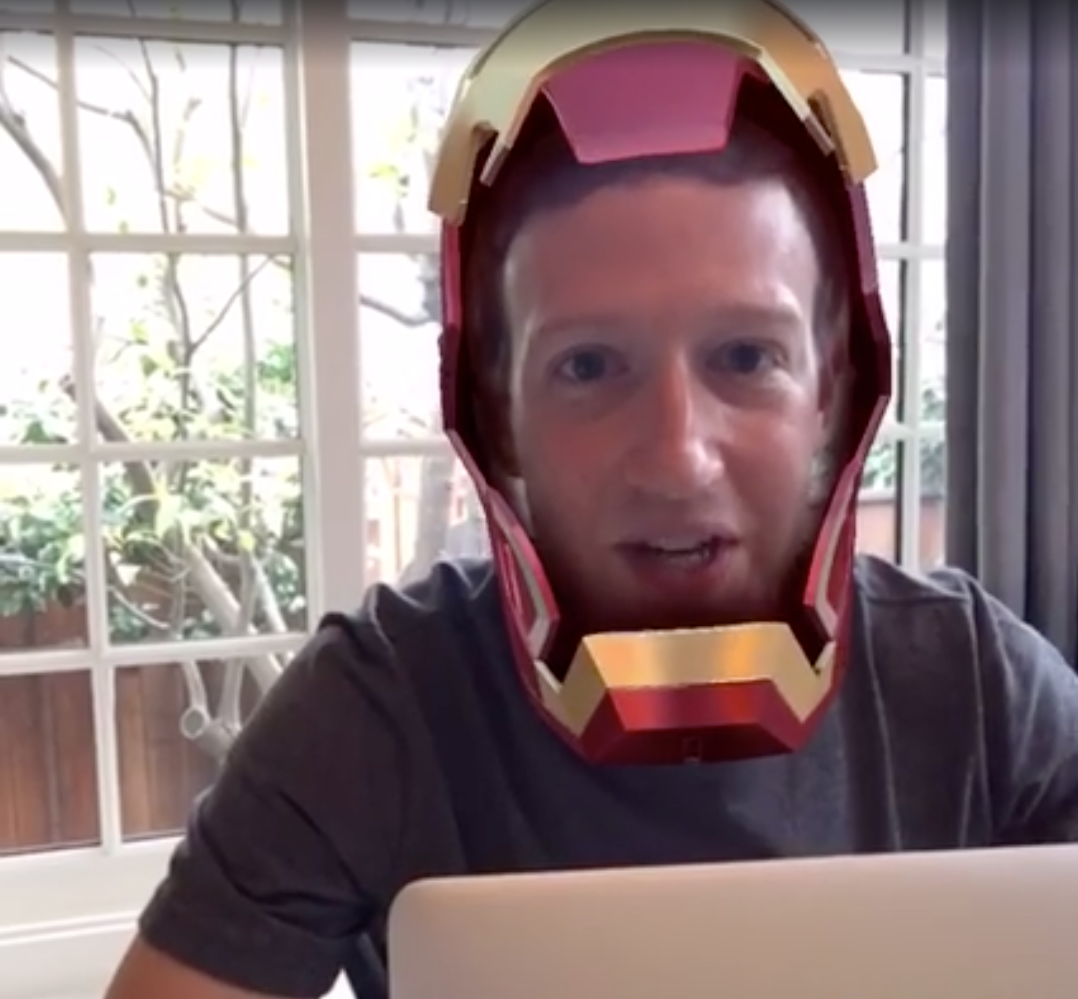
Mark Zuckerberg / Facebook / MSQRD
The way Zuckerberg has structured Facebook's stock gives him disproportionate voting power that keeps him in charge, no matter what else happens to the company. So he's not losing control of the company any time soon.
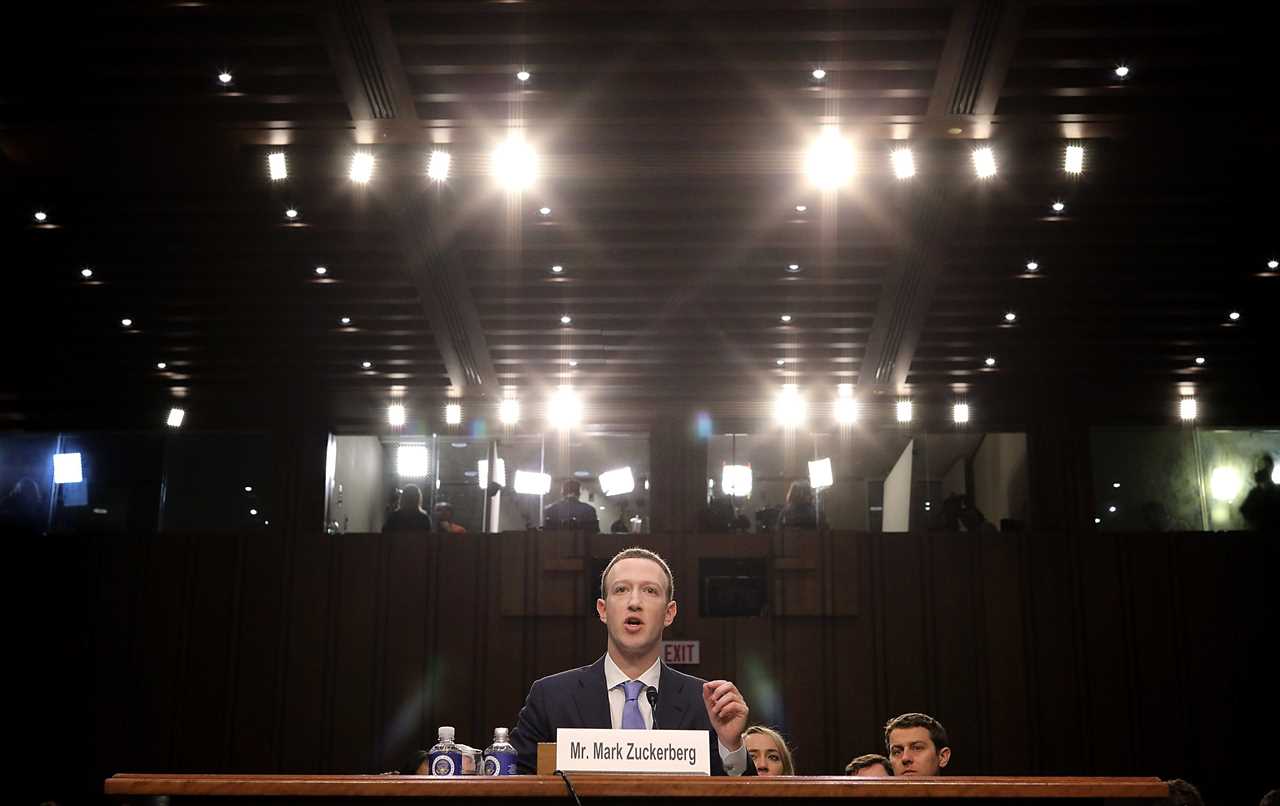
Chip Somodevilla/Getty Images
In the wake of the 2016 presidential election, Facebook spent much of 2017 under scrutiny for its role in the spread of "fake news" and misinformation.
When it came out that firm called Cambridge Analytica had improperly obtained the personal data of as many as 87 million Facebook users, Zuckerberg was ultimately called to the floor of the US Congress to answer tough questions about the social network's business.
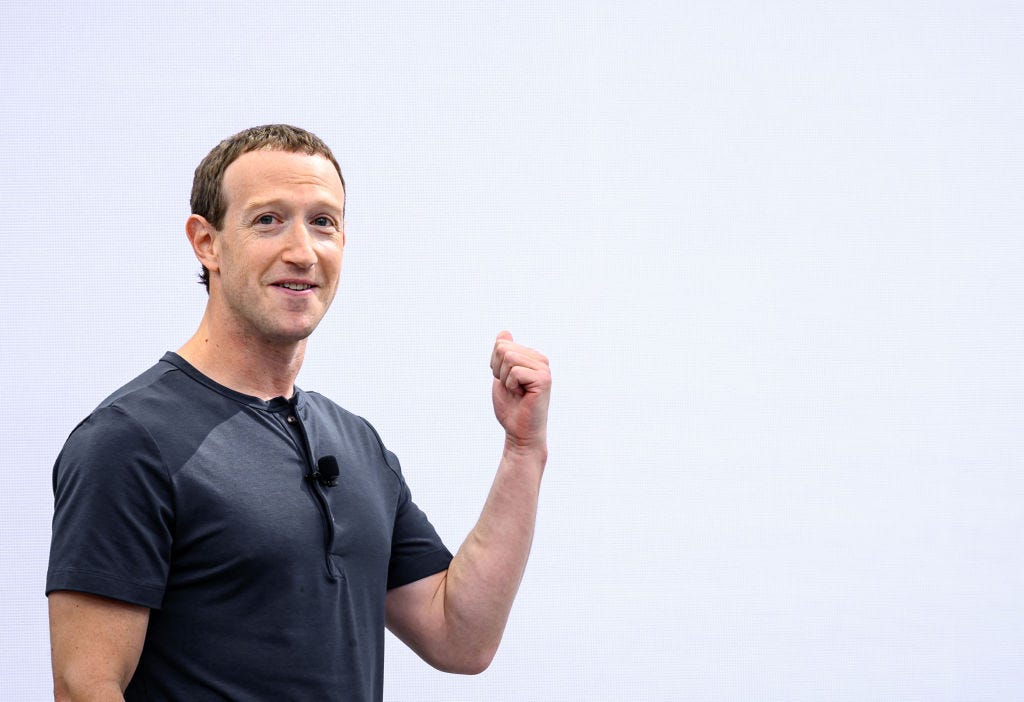
JOSH EDELSON
Facebook announced the first members of the oversight board in 2021.
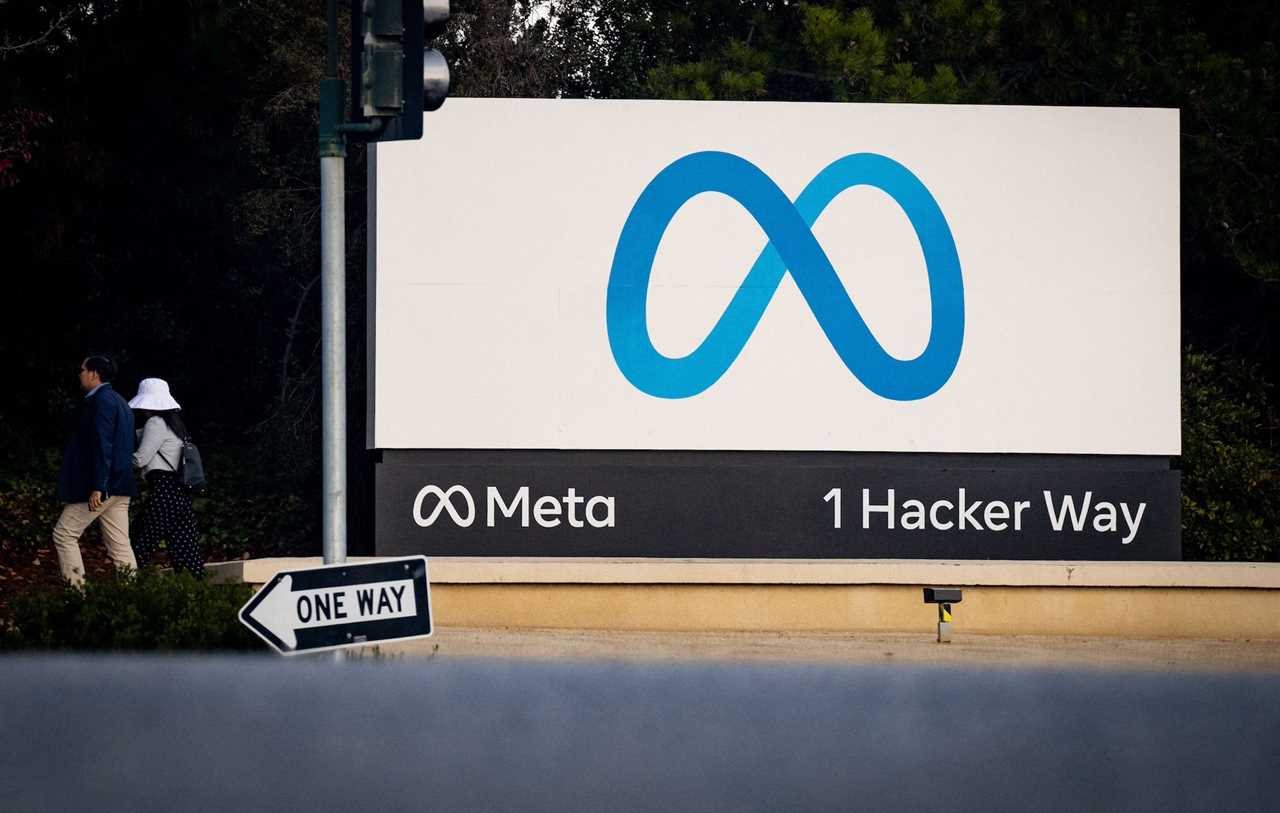
JOSH EDELSON/AFP via Getty Images)
With an eye towards the digital metaverse, Zuckerberg announced the company was changing its name to Meta.
The metaverse could be accessed by the company's virtual reality headsets, the Oculus Quest line, which was later also rebranded as the Meta Quest.
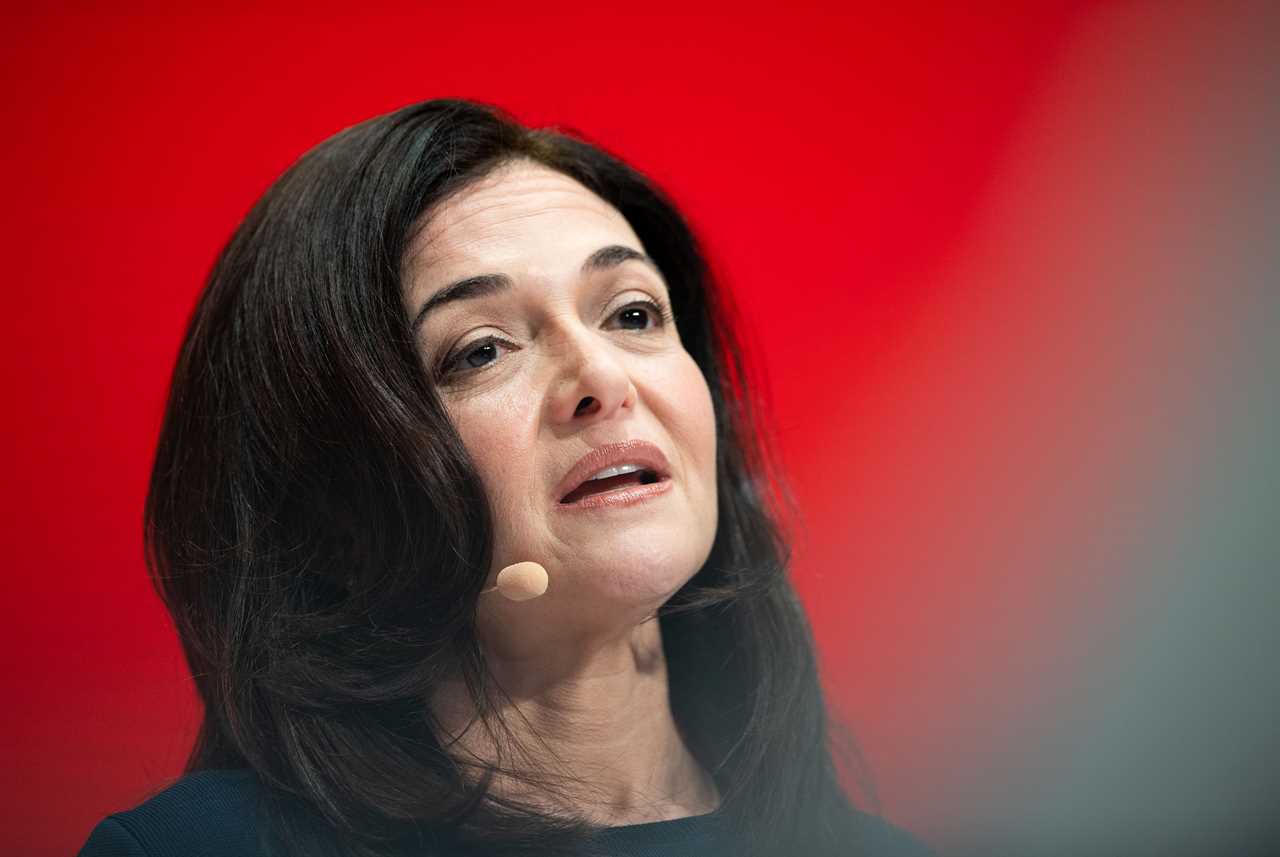
Lino Mirgeler/picture alliance via Getty Images
Sandberg stepped down as chief operating officer in 2022 after 14 years in the role. She was succeeded by Javier Olivan.
"I don't plan to replace Sheryl's role in our existing structure," Zuckerberg said at the time. "I'm not sure that would be possible since she's a superstar who defined the COO role in her own unique way.
"But even if it were possible, I think Meta has reached the point where it makes sense for our product and business groups to be more closely integrated, rather than having all the business and operations functions organized separately from our products," Zuckerberg added.
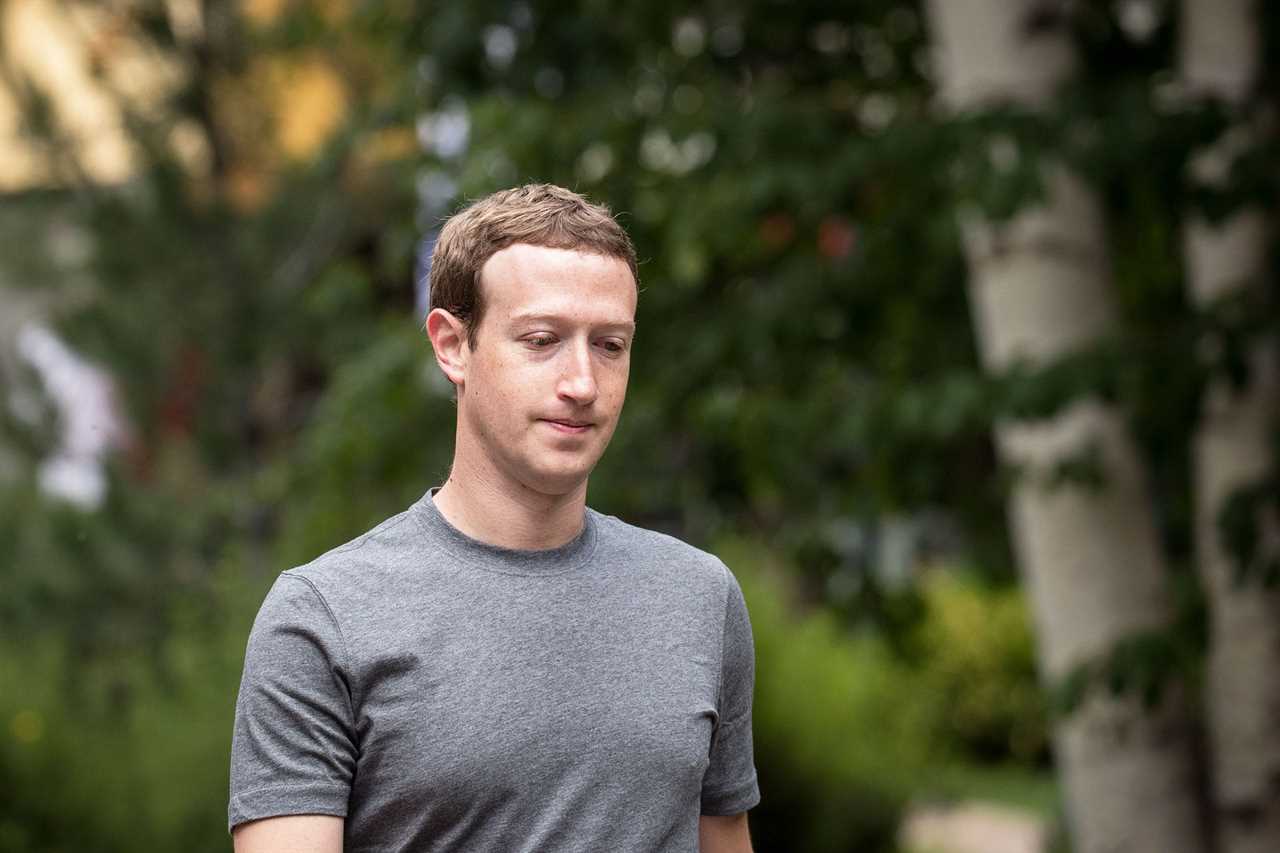
Drew Angerer/Getty Images
In February 2022, it reported a decrease in daily active users for the first time in its history, going from 1.93 billion to 1.929 billion in the last three months of 2021.
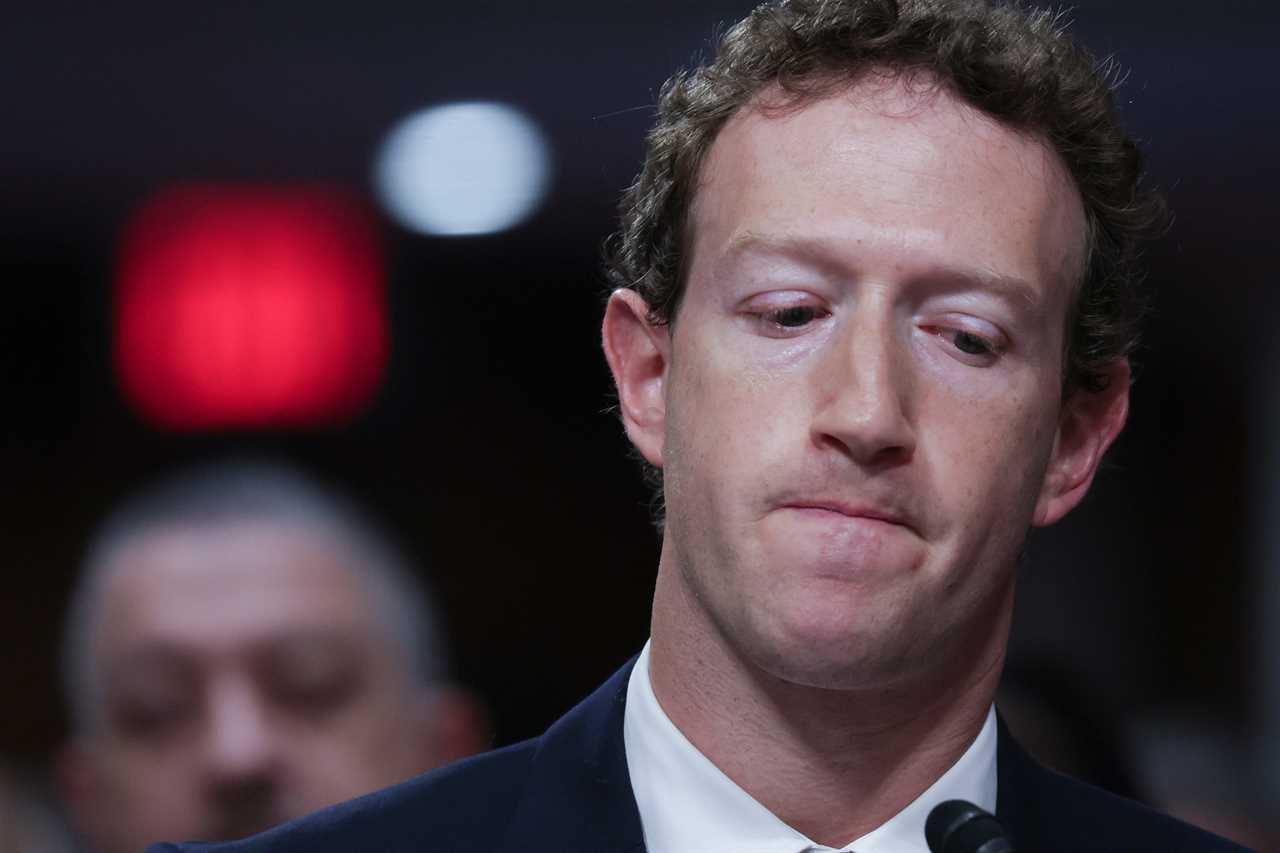
Alex Wong/Getty Images
Meta laid off 11,000 workers, roughly 13% of its workforce at the time, in its first-ever mass layoffs.

Getty/Yuichiro Chino
As part of the settlement, Meta denied wrongdoing.
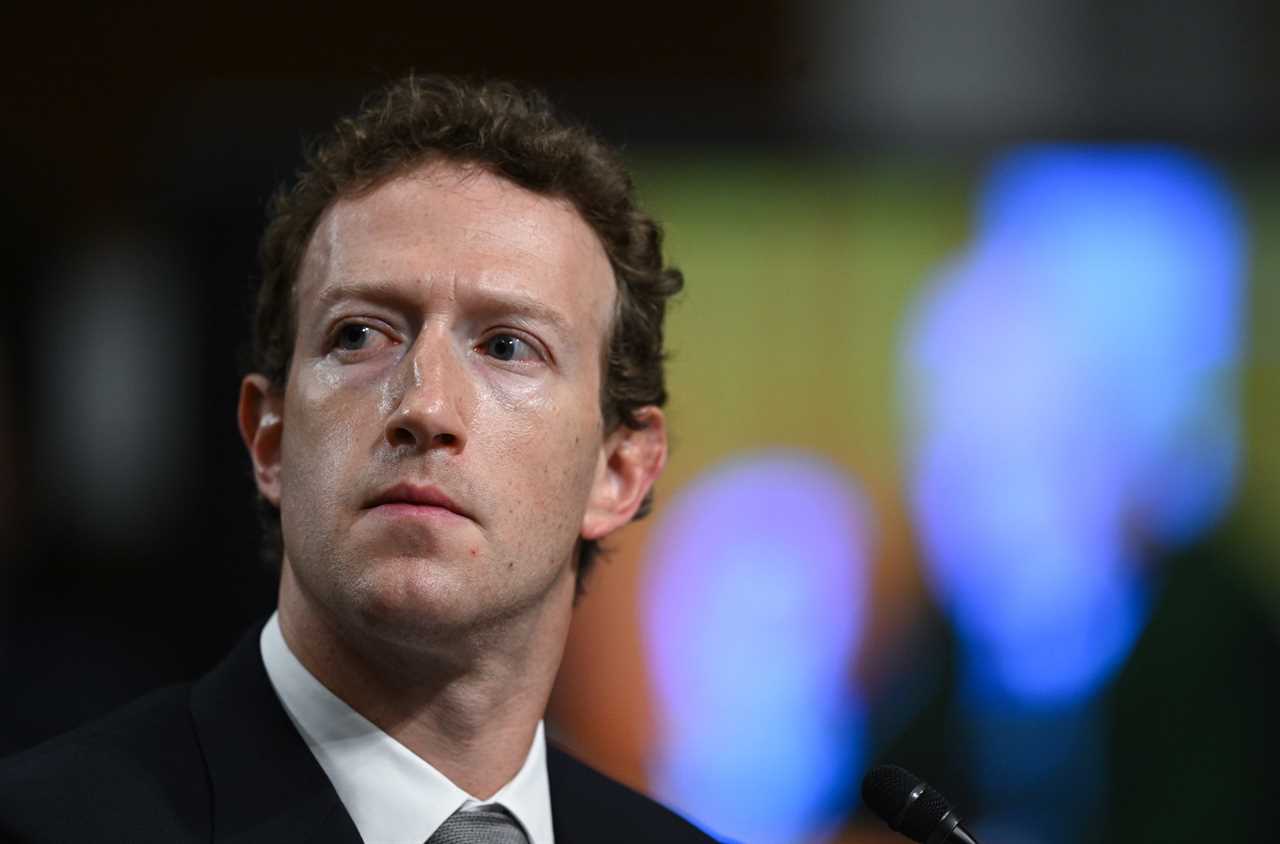
Matt McClain/Getty Images
The company announced a further 10,000 job cuts in 2023. Zuckerberg was focused on cutting organizational bloat and reportedly said he hated structures of "managers managing managers."
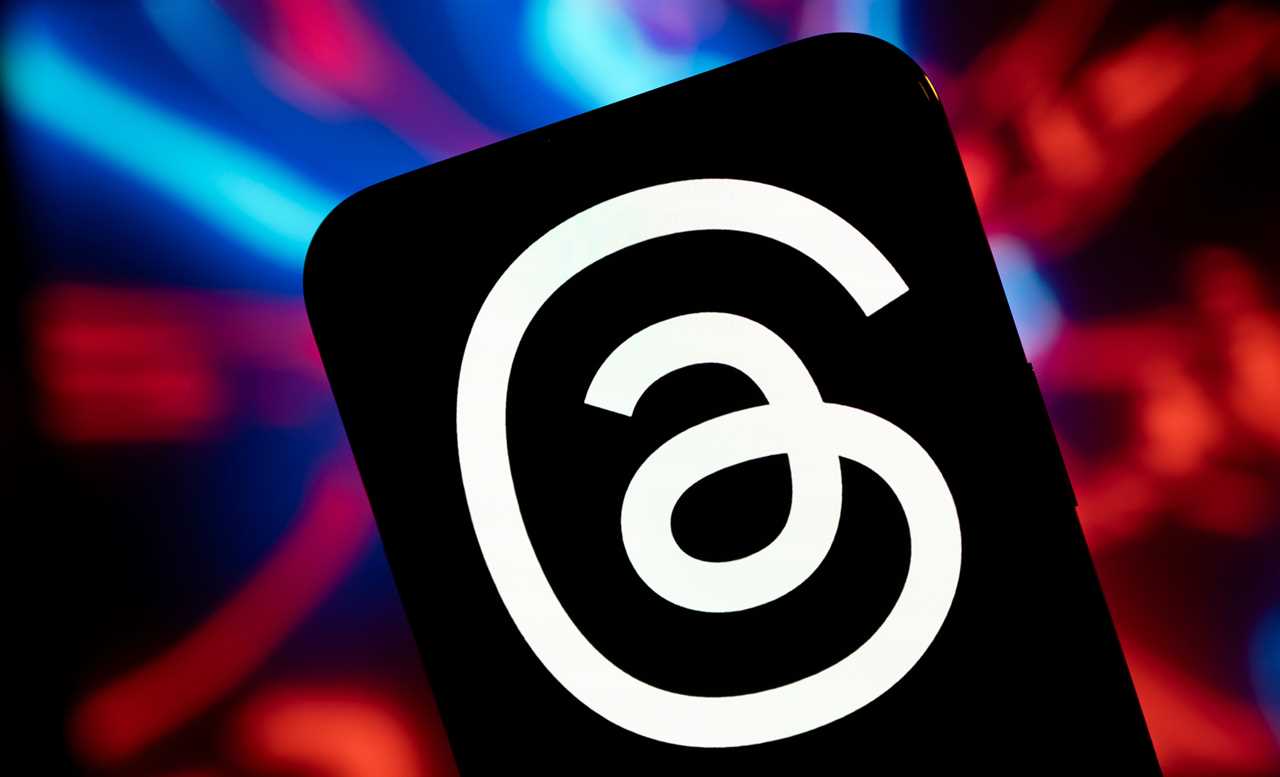
Jaap Arriens/Getty
It's drawn many comparisons to X, formerly Twitter, and has more than 130 million monthly active users, Zuckerberg said during Meta's fourth-quarter earnings in February.
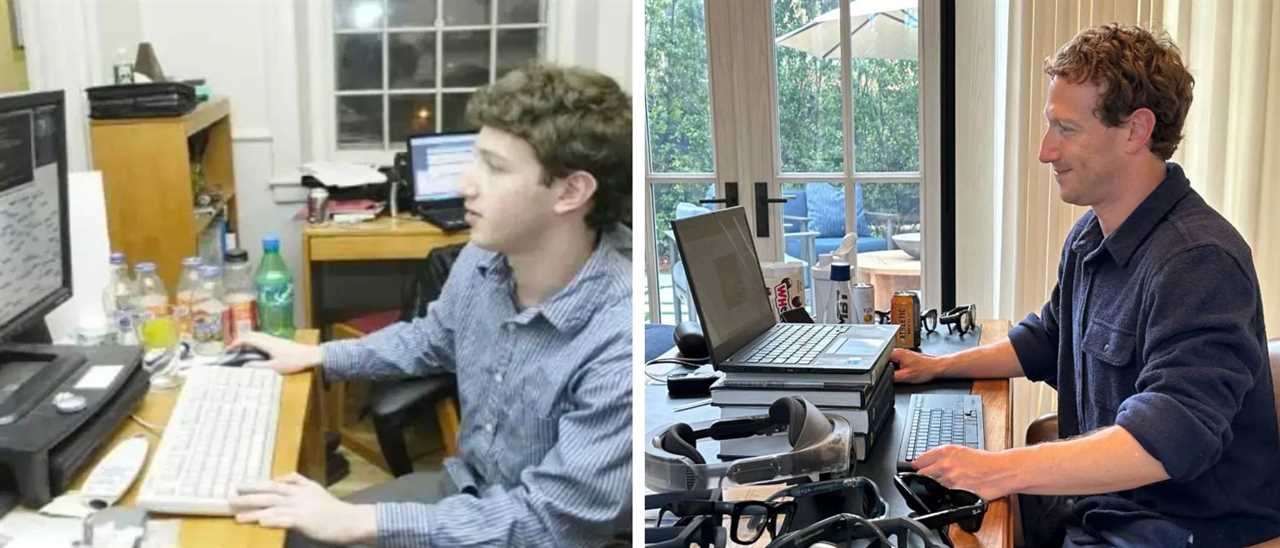
@zuck via Threads
The company turned 20 on February 4, 2024. Zuckerberg himself turned 40.
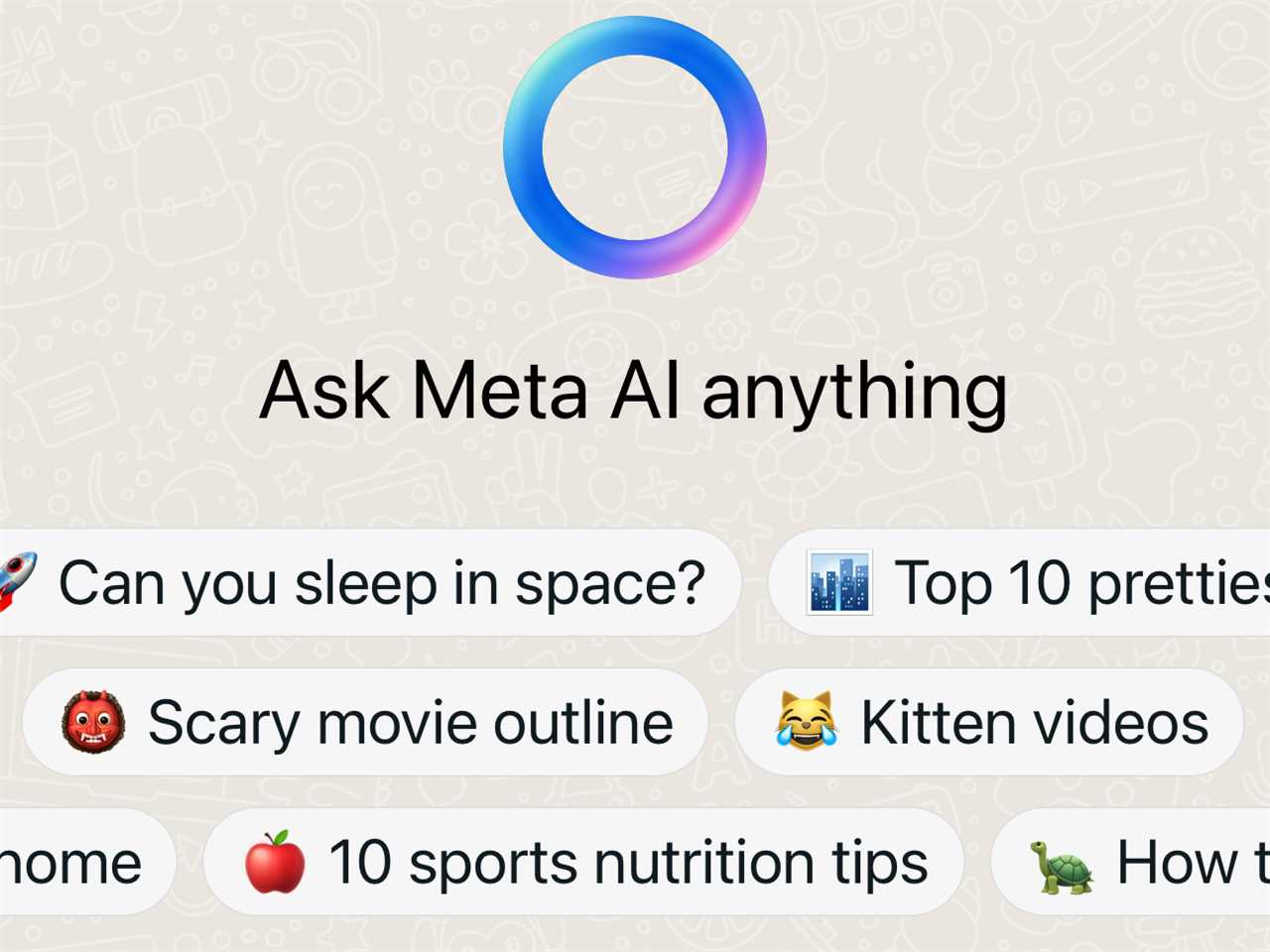
Business Insider
This January, Zuckerberg said Meta was working on building artificial general intelligence, or AGI.
Meta released its first large language model in the Llama family in February 2023. This April, it announced it's introducing AI assistant Meta AI, powered by Llama 3, to Facebook, Instagram, WhatsApp, and Messenger.
Matt Weinberger contributed to a previous version of this article.
Read More
By: [email protected] (Sarah Jackson)
Title: The historic rise of Facebook in photos — from a Harvard dorm room to one of the world's biggest companies
Sourced From: www.businessinsider.com/facebook-history-dorm-room-photos-mark-zuckerberg
Published Date: Wed, 05 Jun 2024 09:28:01 +0000
Did you miss our previous article...
https://trendinginbusiness.business/politcal/12-asian-and-asianamerican-dishes-you-can-make-in-a-slow-cooker-
.png)




